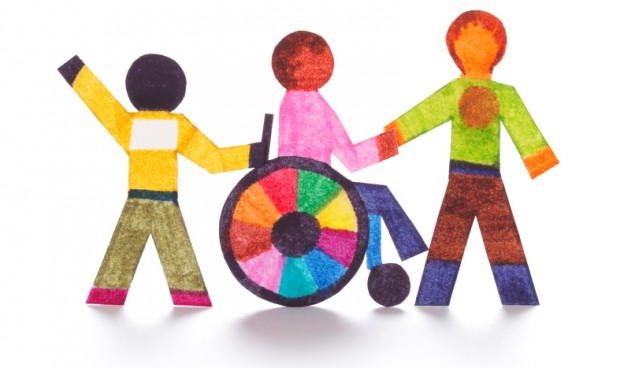
Opinion, Special Education
Inclusion is for EVERYONE!
I can think of many ways to create wonderful learning opportunities for students within our typical classrooms. I cannot think of one child that I would not want included in these lessons.Inclusion Benefits Everyone!
Trying to incorporate the learning needs of a child with disabilities requires that all the best teaching practices are implemented. This means more hands-on, cooperative work that requires more movement. When there are no students with special needs in the room, teachers tend to move away from these core teaching practices. This is one reason the test scores of all students improve when inclusion happens in school.But why does my daughter need to know (y=mx + b)?
Students with significant disabilities may participate in lessons without being scored on the content. For example, my daughter’s eighth grade math class has been working on linear equations since the fall (y=mx + b). Why does my daughter with disabilities need to know this?The Answer
We are giving our children access to a rich, daily education. Rather than being tested on content, the student can participate in the content. Since we go to school to learn, teach them the answers to the questions--show them how to work through math problems and how to read! If the student is having difficulty participating, then access has not been established. Make the answers color-coded so the child can be correct by choosing the colors they know. Let them be taught letters through their work on the equations. Let them learn at their own level and pace and still be involved in the classroom!But it’s so watered down!
Parents may point out that the work is being modified so much that the child should just go to a separate class. However, removing a child from the classroom results in:- Missing out on rich conversations with their peers
- Missing out on interactions with the teacher
- Missing a chance for a classmate to help them with their work
- Missing the chance to develop a friendship with a student from their neighborhood!



